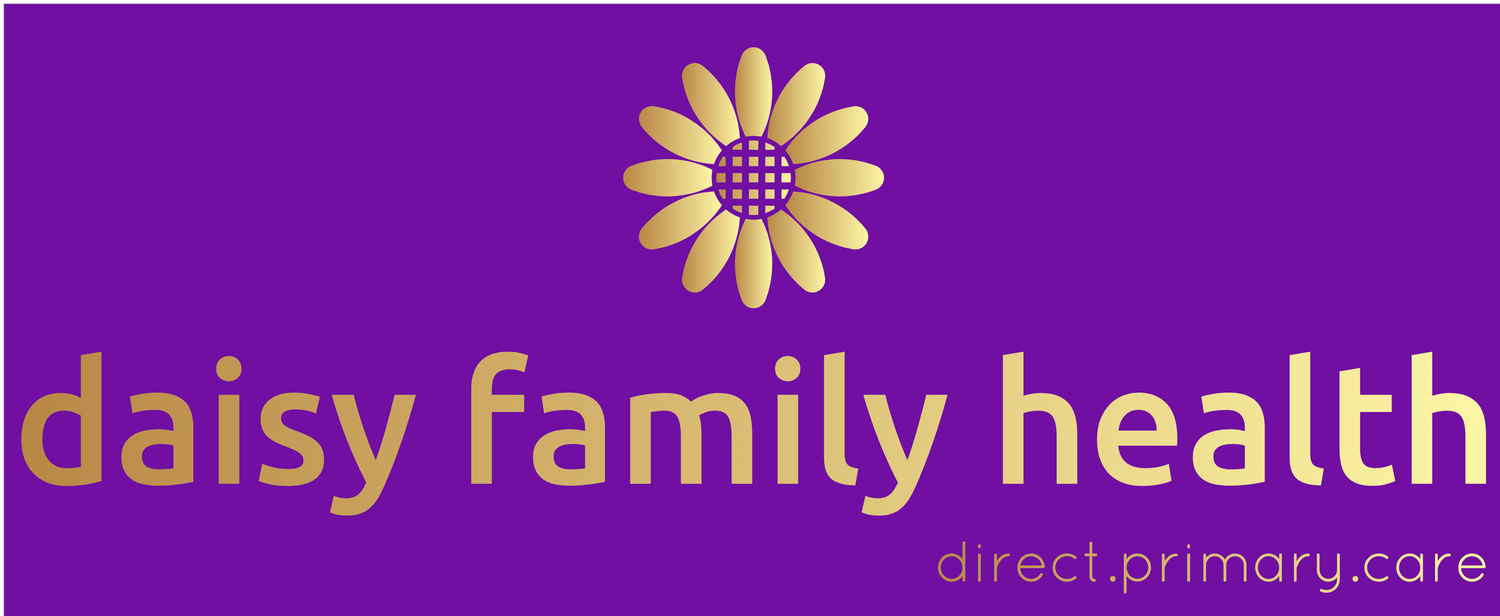Talking About Veganism
I am on a path to eat less meat and love sharing my knowledge with the world. I currently only eat fish and chicken, and that is 2-3 days per week. Been on this path for nearly 20 years, but now I would like to cut out all animal products. It is very challenging though...so many foods have animal products, so I am here to help you learn.
Meat, fish, dairy, and eggs may seem like the obvious things to avoid on a vegan diet but it can be a lot more complicated than that. There can also be a ton of animal products that aren’t always as obviously non-vegan. These animal byproducts can be a huge grey area so let’s talk about some of the less obvious ingredients you’ll want to avoid as a new vegan:
Carmine - This food coloring is made from ground insects.
Gelatin - Often used as a thickener and is made from the bones, skin, and connective tissue of cows and pigs.
Confectionary glazes - Those super shiny glazes on candies are often made from a material that’s secreted by lac insects.
Natural flavorings - These are often made from animal products.
Omega-3 fatty acids - These can come from fish so you’ll want to look for vegan sources of omega-3, such as algae.
Whey, casein, and lactose: These are all derived from dairy.
Next are a few foods that can pose problems for vegans:
Pasta - A lot of pasta contains eggs, especially fresh pasta.
Worcestershire sauce - It can often contain anchovies.
Beers and wines - These are often produced using isinglass, which is derived from fish. You won’t always see this on the label as it’s not an ingredient as such.
Bread - Pre-packaged bread and bakery items can contain L-cysteine, which can be derived from feathers.
Depending on your path to veganism, this may be more or less important to you.
Hopefully, now you’ve got a better idea of how to make sense of food labels and avoid accidentally consuming non-vegan foods.
Until next time,
Angie

